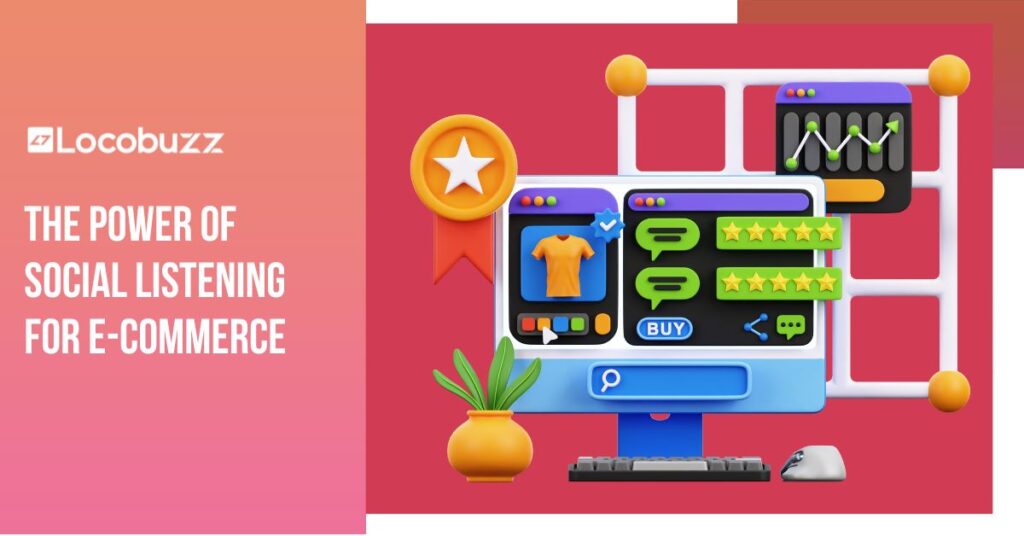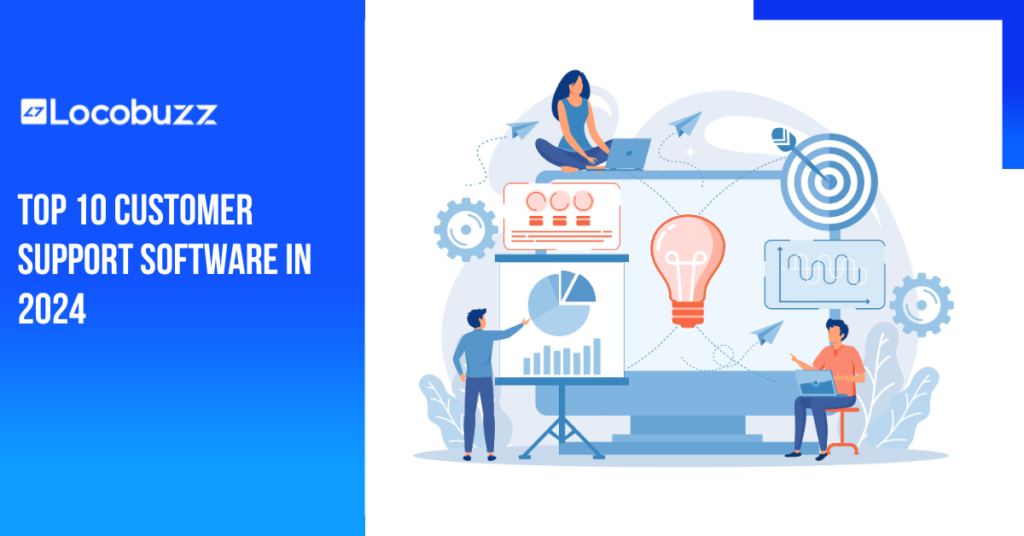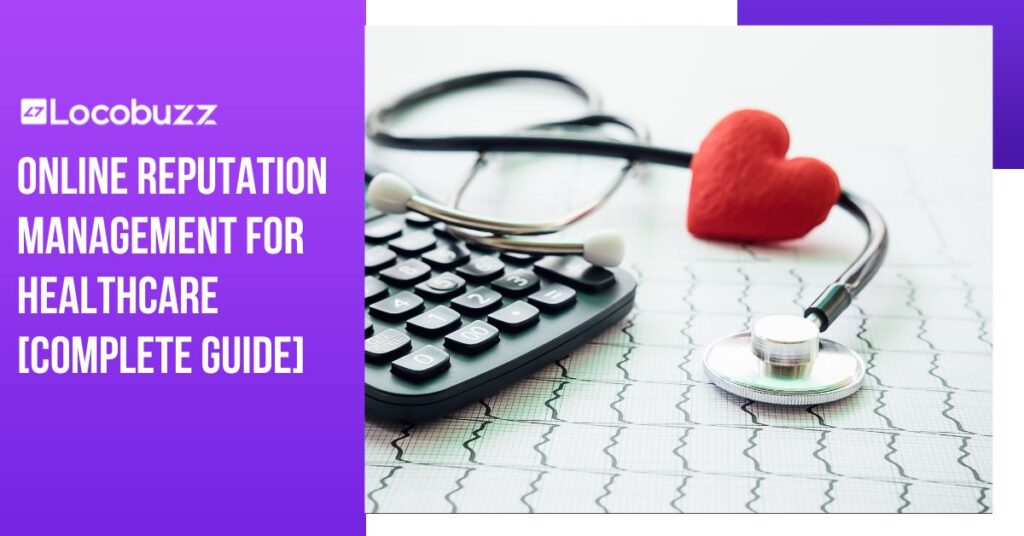Social Listening In Digital Marketing: A Marketer’s Guide To Audience Insights & Brand Success
Digital marketing now incorporates social listening as a crucial component, enabling businesses to comprehend their audiences’ emotions, monitor brand mentions, and enhance their marketing campaigns through the use of real-time consumer data. Unlike traditional analytics that measure clicks and conversions, social listening taps into emotions what customers love, hate, or wish were different. AI-powered tools like Locobuzz analyze millions of online comments in real-time to detect shifts in sentiment or track competitor campaigns. This lets them react quickly to trends, impending problems, and plans from competitors. For e-commerce, SaaS, B2B, and B2C companies, social listening is a must if they want to understand how customers are changing their habits. Real-time contact can have a big effect on how people think about brands in many fields, such as healthcare, banking, retail, and hospitality. This guide breaks down how social listening works and how to turn online chatter into better campaigns, faster crisis responses, and stronger customer loyalty. What Is Social Listening In Digital Marketing? Social listening in digital marketing involves monitoring online conversations about a brand, industry, or competitors. It helps businesses analyze customer sentiment, identify trends, and engage with their audience in real time. By using social listening tools, brands can refine marketing strategies and improve customer experience. Many marketers mix social media monitoring with social listening. While social media monitoring emphasizes tracking engagement statistics such as likes, shares, and comments, social listening extends beyond just numbers. It examines consumer mood, finds market trends, and spots chances for brand involvement. AI-driven listening technologies such as Locobuzz and Brandwatch enable companies to examine large volumes of web data. These techniques give analysis of what consumers like or dislike about a brand by means of categorization of feelings—positive, neutral, and negative. Monitoring social media discussions correctly for Indian brands and companies depends on localized language support. Knowing local emotion helps companies customize their message and improve consumer connections. For instance, a brand targeting South India may need to analyze sentiment in Tamil, Kannada, and Malayalam to craft regionally relevant messaging. Social listening helps companies to track industry trends, handle emergencies, and maximize their influencer marketing plans. Listening is step one. Acting on what you hear, fixing a UX issue or launching a campaign in response to trending sentiment is where the ROI happens. How Might Social Listening Benefit A Marketer? Social listening gives marketers practical insights that enable them to develop better strategies, enhance brand reputation, and increase involvement. Through studying real-time internet discussions, companies may customize their marketing initiatives to fit consumer expectations and tastes. Social listening guarantees companies know their audience whether they are measuring sentiment, spotting trends, or keeping an eye on brand mentions. Here is how it enables marketers to refine ad targeting, adjust messaging tone, and better time campaign launches. Marketers may monitor consumer sentiment in India and study how people view their brand over time. This enables companies to know whether public opinion is good, bad, or neutral, thereby guiding their required changes. These revelations enable companies to better segment their consumers and create more focused, pertinent ads. A data-driven awareness of audience behaviour guarantees that marketing initiatives speak to customer expectations and needs. For instance, like knowing Gen Z users are frustrated with slow checkouts or that your competitor’s ad is sparking backlash. Understanding Audience Behavior AI-driven listening solutions enable companies to gauge campaign success depending on real-time consumer discussions across social media and online channels. Understanding what speaks to their audience helps marketers to hone messaging, change promotional strategies, and increase participation. Cut wasted ad spend by promoting the most-shared messages and shelving the ones customers ignore. Brands using social listening can design more successful and tailored marketing strategies. Enhancing Marketing Campaigns Social listening enables companies to find areas needing improvement whether it’s a product problem, bad service, or a continuous complaint. Timely handling of these issues improves customer happiness and builds brand loyalty. By proving the brand values their input, proactive involvement can convert unhappy consumers into loyal supporters. Efficiently addressing pain areas helps companies to enhance their image and avoid possible turnover. Identifying Customer Pain Points Ignoring a bad trend or viral complaint could cause it to spiral out of control and harm a brand’s reputation. Social listening solutions let companies find early warning signals of a PR disaster before it gathers momentum. Real-time conversation monitoring allows brands to quickly clarify misconceptions, make statements, or fix issues. Fast, open replies help to minimize harm and preserve public confidence. Crisis Management Monitoring brand mentions and industry trends helps one to gain insightful analysis of rival tactics and performance. Companies can find what works for rivals and modify effective strategies while steering clear of possible traps. Brands can improve their own posture by means of analysis of rival sentiment, product releases, or consumer conversations. Social listening guarantees companies remain ahead in their market, hence providing a strategic benefit. An example of a brand successfully handling a crisis is when Maggi faced a nationwide ban in India, Nestlé tracked over 10M social posts during the crisis and used those insights to guide transparency campaigns, helping them regain market share within 12 months. Competitor Analysis Effective influencer collaborations depend on finding important influencers who connect with the target market of a company. Social listening enables companies to examine which influencers create the highest brand affinity, trust, and interaction. Like Net Promoter Score, engagement rates, or brand mention volume over time. Tracking discussions about influencers helps companies choose the appropriate spokespeople for their initiatives. This guarantees that influencer partnerships complement audience preferences and promote significant involvement. Influencer Marketing Strategies Real-time interaction and consumer behaviour analytics, e.g., “click-through rates by time of day” or “conversion rate by referral source are priceless for retail, e-commerce. Knowing client mood and market trends helps companies to create data-driven decisions improving their competitive advantage. By constantly improving strategies and providing material that speaks to their audience, social listening enables marketers to stay ahead of the competition. Digital Marketing’s Social Listening Best










